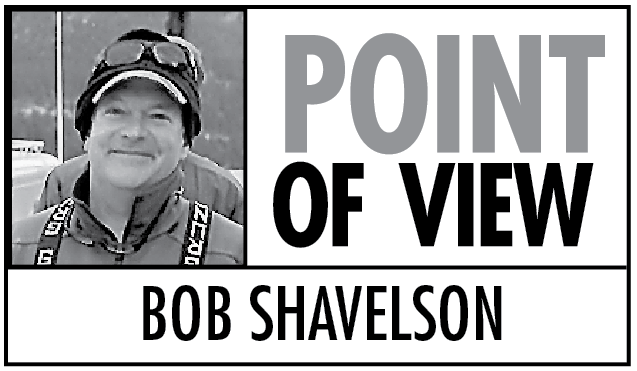M
orris Communications is the Georgia-based media group that owns the Peninsula Clarion, Homer News, Juneau Empire, Alaska Journal of Commerce and numerous other media holdings in Alaska. In November, company chairman William Morris III announced a special 10-part series to help Alaskans “find the facts” about declining king salmon runs.
The special series recently concluded, and overall, it provided useful information that can help Alaskans understand the complexities of the king salmon life cycle and its management. Unfortunately, the series was strangely silent on one of the most important issues facing wild salmon across Alaska: healthy, productive habitat and the ever-growing threats to it.
In more than 33,000 words, the series made no serious effort to address salmon habitat. Maybe it was simply an oversight. Or maybe habitat protection has become sadly politicized in the rising tensions of the Cook Inlet fish wars.
It’s not as if salmon habitat issues have not been in the public eye lately. The proposed Pebble mine has galvanized tens of thousands of Alaskans around salmon habitat protection, and in Cook Inlet there’s a growing wave of Alaskans concerned about the proposed Chuitna coal strip mine, which would be the first project in state history to completely remove miles and miles of wild salmon streams.
But here’s the problem: Habitat protection implicates thorny legal, social and economic issues which in turn arouse incredibly strong passions. A prime example is the effort in 2013 to strip away habitat buffers along salmon streams and lakes in the Kenai Peninsula Borough. Some property owners balked loudly at what they considered improper government intrusion. No one questioned their love for salmon, but the debate was raucous. Fortunately, a majority of Alaskans rose up in defense of salmon habitat.
Similar disputes have led to regulatory or management paralysis. In the Little Susitna drainage, for example, hydrocarbon pollution in summer months violates basic standards to protect salmon, but it’s too controversial for our state agencies to ban two-stroke engines, and the problem persists. In the Anchor River watershed, the Alaska Department of Fish and Game and the Alaska Department of Environmental Conservation have refused — despite concrete evidence of water and habitat violations — to stop ongoing pollution in prime king salmon habitat.
Unfortunately, our state agencies are not only ignoring habitat destruction, they are facilitating it. On the west side of Cook Inlet last year, ADFG granted a company permits to mine in a designated critical habitat area and to fill and cross salmon streams, despite laws in place prohibiting such activities. In fact, ADFG likes to boast how it issues hundreds of permits that impact salmon habitat each year — with a 99.5 approval rate. Now we have Gov. Parnell’s attempts to remove Alaskans from fish habitat decisions through House Bill 77, and ADFG is working quietly to rollback a whole host of protections in important salmon habitat areas around the state.
It’s become increasingly common to ignore our responsibilities in our coastal watersheds, and to instead blame the “black box” of ocean conditions for the plight of our salmon. While it’s true we have scant understanding how ocean conditions affect salmon, we do know two things: Salmon need healthy spawning and rearing habitat, and we have the ability to do something to control impacts in those areas.
So, instead of focusing on what we cannot control, let’s focus on what we can, and whether it’s in-river fishing impacts, poorly designed roads and culverts, loss of stream-side vegetation, polluted runoff or indiscriminate development, we have the tools to manage impacts in our coastal watersheds.
Now, all we need is the collective will to do something, to avoid the “death by a thousand cuts” dilemma that has destroyed wild salmon runs virtually everywhere except Alaska. If we want to follow the fate of fisheries in Europe or New England or the Pacific Northwest, however, all we have to do is one simple thing: nothing.
Under our current direction, we are repeating the very same mistakes made elsewhere. While this message is hardly new, it’s important to repeat again and again. Because if Morris’ special 10-part series on king salmon failed to discuss the ever-growing threats to salmon habitat in Alaska, it’s pretty clear the message is not getting through.
Bob Shavelson is the executive director of Cook Inletkeeper, a citizen-based organization working to protect clean water and healthy salmon throughout the Cook Inlet watershed.


